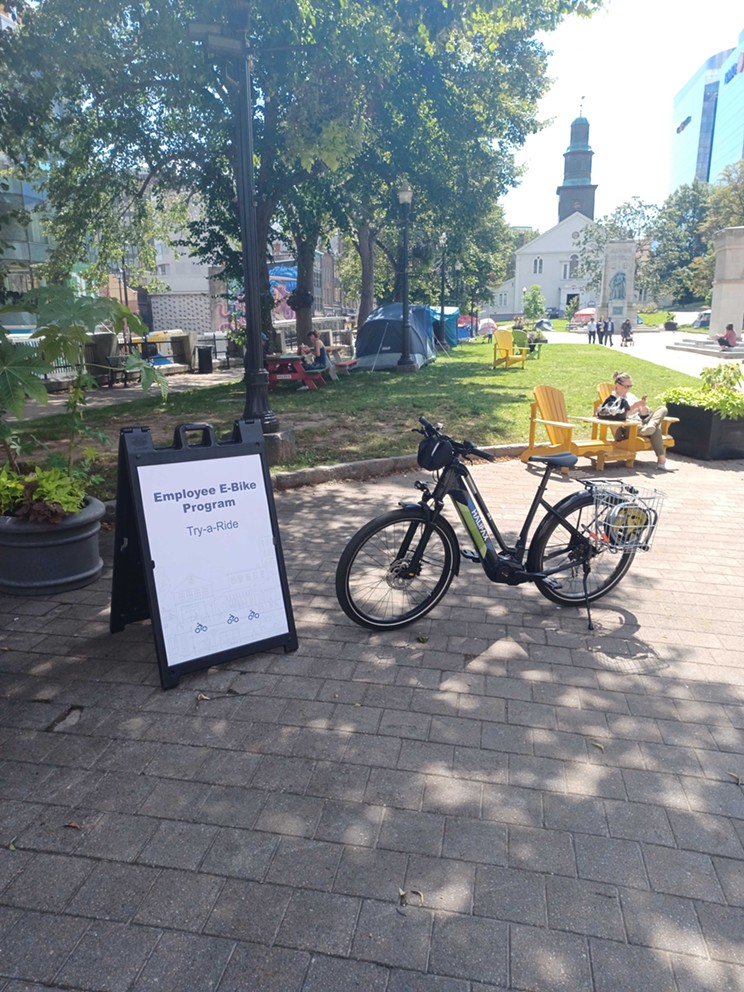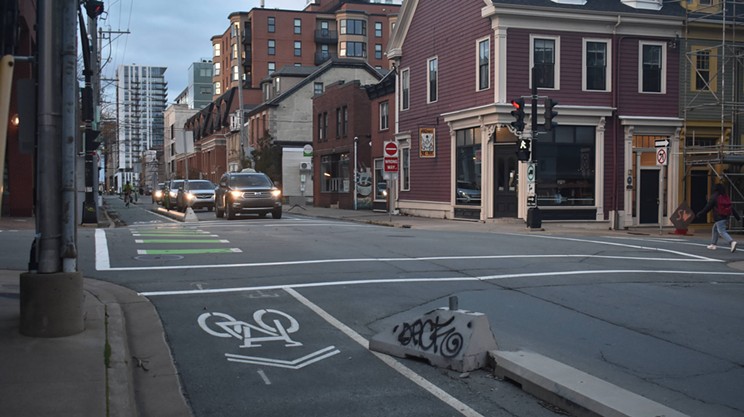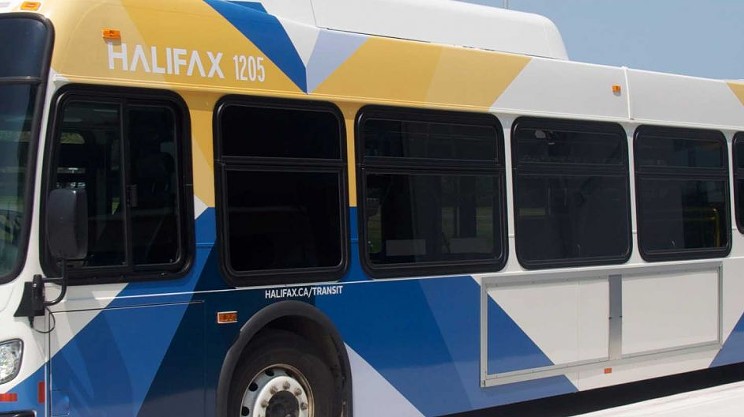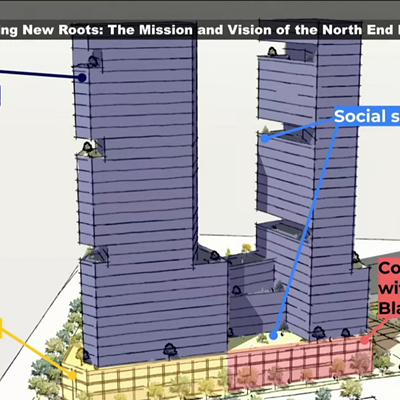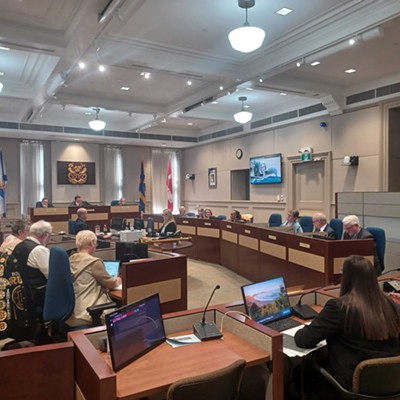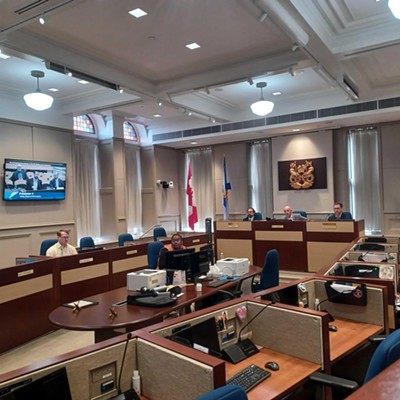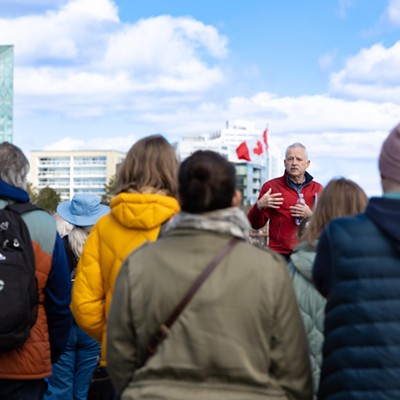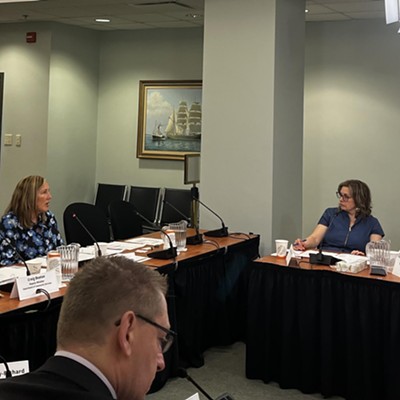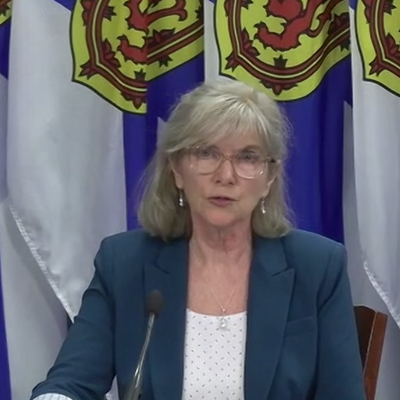HRM’s transportation standing committee met on Thursday. First order of business was deferring two motions, including an update on the Strategic Safety Plan. There was an agenda-setting error (i.e. a scheduling mistake) that chair Waye Mason took full credit for, and warned the public (who were not watching due to a streaming error) that this plan would not come back until October due to planned vacation and training.
Once the admin was done, the committee got on with the rest of its work. The city has a bunch of different rules related to closing roads, so the committee asked CAO Cathie O’Toole to come up with a universal policy that allows communities to shut down part of their streets to traffic in the summer. Like if the residents of a street want to have a block party. This will come back as a more holistic plan based on council’s feedback sometime before next summer.
Halifax Transit gave its report for Q4 2023 about how well it did last fiscal quarter and year. Ridership has bounced back to almost pre-pandemic levels. Traffic has also bounced back and, due to the lack of good transit infrastructure, that meant Halifax buses were 7% slower this year compared to last. On average, 4.5 buses a day didn’t complete their routes due to mechanical failure. Mason asked about tap-to-pay—Dave Reage said Halifax Transit is “actively working on the solution” and it won’t “be ready by the end of summer as we hoped.” But Reage was unable to give a solid answer on timelines. The transit head promised that he will have an answer in the coming weeks and assured the committee that he “shares the frustration” and has been calling the vendor.
Councillor Pam Lovelace asked for a report to try to get the Windsor Street exchange designed in line with the city’s Integrated Mobility Plan priorities. “It seems like common sense doesn’t it?” asked Lovelace, rhetorically. But it is a very good question: Why did that not happen in the initial design? This motion also asks for the exchange to be designed with a maximum speed of 40km/h. Councillor Trish Purdy says she read a report that said trying to include everything into the Windsor Street exchange would be prohibitively expensive—and it would be. Council needs to start choosing what mode of transportation to prioritize, and not everyone will be a winner. City staff reminded the committee that it has an opportunity to redesign this whole thing from scratch. Friendly reminder that Lovelace's motion is not a binding one, just suggestions for staff. The design will come back to this committee within the next few months for approval to send to council.
The transportation committee is also getting a report on creating an active school travel plan. This is an effort to do two things. 1. Get kids active and independent on their way to school as part of a healthy development into adulthood, and 2. Stop forcing parents to be chauffeurs for their offspring.
Councillor Patty Cuttell wants rural residents to have more transportation options than just cars. There are rural express buses in some places, and there are some community transit operations, but other than cars there is very little or no safe transportation option for people who live in rural areas. There was a lot of conversation around this, as there are a lot of other plans in the air that are also trying to deal with this. The committee narrowed the scope of the motion; the first half of the motion—“That the Transportation Standing Committee direct the Chief Administrative Officer (CAO) to provide a staff report to review HRM's Rural Transit Program to assess existing regional services, identifying gaps in regional service, conduct a rural/regional transit service need analysis”—passed. The second half of the motion—directing the CAO “to identify and recommend potential rural transit models and opportunities, including aligning with the [Joint Regional Transportation Agency] and connecting into the Halifax Transit network. Potential models should include looking at rural and regional transit through an equity and sustainability lens, as well as how inter-community regional transit can support goals of sustainable regional growth and development, rural economic development, and community and individual well-being”—failed.
And then they went in-camera to end the meeting.

